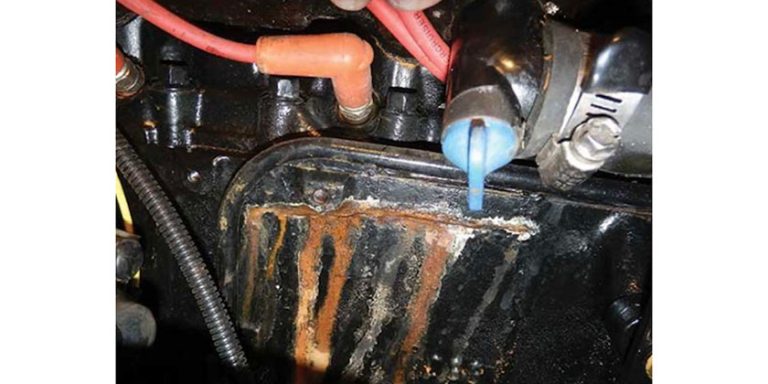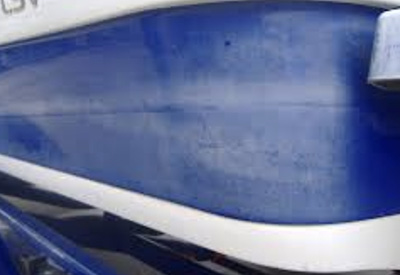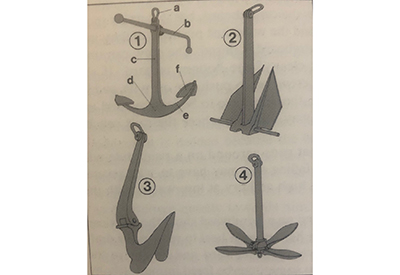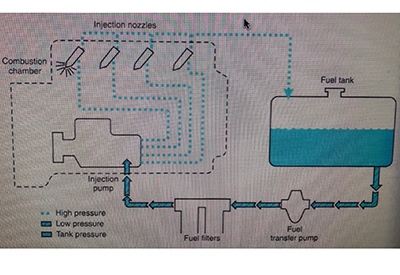Ask Andrew: Radar Reflectors – When and how to use them
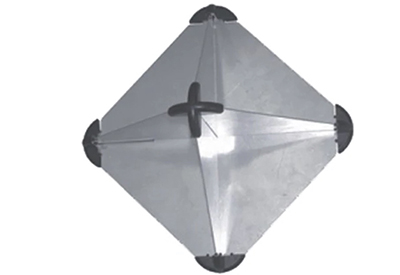
Feb 23, 2022
a typical radar reflector
I first learned about radar reflectors when I read the International Regulations for Preventing Collisions at Sea (a part of the Canada Shipping Act) some 20 years ago. At the time, I was new to the boating world and the text was daunting:
Radar Reflectors
· (a) Subject to paragraph (b), a vessel that is less than 20 metres in length or is constructed primarily of non-metallic materials shall, if practicable, be equipped with a radar reflector or other means to enable the vessel’s detection by other vessels navigating by radar at 3 GHz or 9 GHz.
I would hazard a guess that most of us would have to re-read this paragraph more than once before taking it all in – but would still be left with some questions. I hope to answer them in this week’s instalment.
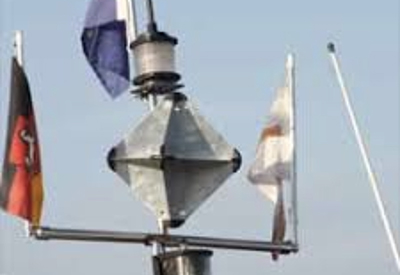 mounting on the cabin-top mast of a power vessel.
mounting on the cabin-top mast of a power vessel.
To start to make sense of this, we need to delve into a bit of radar history, and have a rudimentary understanding of how it works. In 1904 a patent for “an obstacle detector and ship navigation device,” was issued – this device used radio echoes to determine the approximate bearing of objects
Radar was first used practically in 1922, when researchers positioned a radio transmitter on one shore of the Potomac River and a receiver on the other. A ship sailing on the river unexpectedly caused fluctuations in the intensity of the received signals when it passed between the transmitter and receiver.
In 1939, the USS New York battleship utilized a single antenna for both transmitting and receiving radar waves. Once this was realized, a modern radar age was born – and aircraft and ships could be recognized and tracked accurately.
The technology quickly spilled over into the shipping industry and commercial marine sectors. Today, radar systems are found quite commonly aboard pleasure vessels.
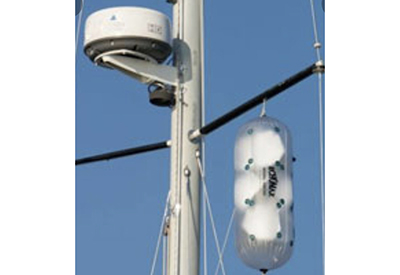 a radar array, mounted to the mast, and a radar reflector secured to the spreader
a radar array, mounted to the mast, and a radar reflector secured to the spreader
Some important points can be gleaned from this brief history lesson:
– Lots of boats have radar – both commercial and pleasure
– Radar works by a radar unit sending out a signal. The signal bounces off of objects (rocks, buoys and other vessels), and is read on a screen and interpreted by the vessel operator.
– Radar can be used day or night, during clear or foggy conditions. But it has limitations; the most important of which is that the radar signal has to bounce off of something in order to register on the display.
This is where a radar reflector comes in. This device is a multi-faceted array made of metal that is meant to be positioned on a boat that wouldn’t normally be capable of rebounding a radar signal. In many cases, this includes vessels constructed of fibreglass and wood.
So – back to the legislation found in the Canada Shipping Act: any vessel less than 20m and made of a non-metallic material is required to carry a radar reflector. In more simple terms: boats made of wood or fibreglass that are less than 20m (66’) need to have one.
There are a couple of exceptions: the small size of your vessel, operating away from traffic areas where radar navigation is used (ie a canoe on an isolated lake), or when conditions are such that the vessel can easily be seen by larger vessels (ie daylight hours in very calm seas).
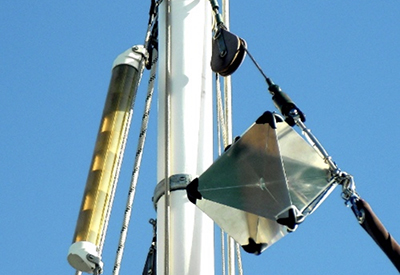 two styles of radar reflectors, mounted for maximum sightline
two styles of radar reflectors, mounted for maximum sightline
In other cases, when a radar reflector is prescribed, there are a few do’s and don’ts:
Do:
– Utilize the largest size reflector that is practical for your vessel. The larger the size, the greater the chance of being seen on other vessel’s radar screens
– Mount the reflector above the vessel’s superstructure, so that it can be visible from all sides
– Mount the reflector at least 4m above the waterline
Don’t:
– Forget to verify that your vessel can be seen – try to find a neighbor or other active radar-equipped vessel to confirm that you are visible
– Rely on other pieces of equipment to be seen. Lights can be mistaken for other objects, and smaller power vessels and sailboats are difficult to see from the bridge of larger vessels.
– Assume that all radar reflectors are created equally. Just as with safety equipment, search for the best quality, rather than the cheapest option
As a quick post-script: Radar is slowly being phased out. AIS and Augmented reality systems are advancing quickly in the marine industry, allowing vessel operators to use a combination of cameras, AIS tags, GPS co-ordinates and satellite tracking to identify objects and vessels extremely accurately. However, until this becomes more widespread, radar is still the way to see and be seen – and radar reflectors will remain a requirement.
 Andrew McDonald is the owner of Lakeside Marine Services – a boat repair/maintenance firm based in Toronto. Andrew has worked in the marine industry for 12 years and is a graduate of the Georgian College ‘Mechanical Techniques – Marine Engine Mechanic’ program.
Andrew McDonald is the owner of Lakeside Marine Services – a boat repair/maintenance firm based in Toronto. Andrew has worked in the marine industry for 12 years and is a graduate of the Georgian College ‘Mechanical Techniques – Marine Engine Mechanic’ program.
Questions or comments for Andrew? Email him directly via: askandrew@lakesidemarineservices.ca


